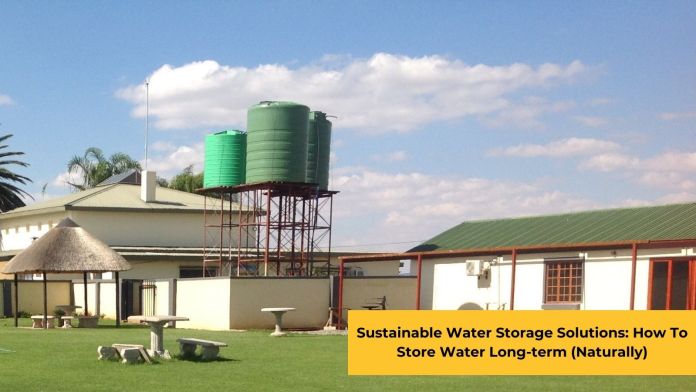Imagine living in a world where you flip the tap – nothing comes out. Consider the worries, inconveniences, and discomfort associated with having no water. Unfortunately, this is rapidly becoming a reality for many as the global water crisis worsens. However, there’s hope for sustainable water management. The urgency of sustainable water management cannot be overstated, and as a homeowner, your role in water sustainability is pivotal.
Understanding the Concept of Sustainable Water Storage
Understanding the fundamental principles of sustainable water storage is crucial to overcome water scarcity. Sustainable water storage is a method employed to capture, preserve and redistribute water that comprehensively conserves resources yet meets a household’s needs.
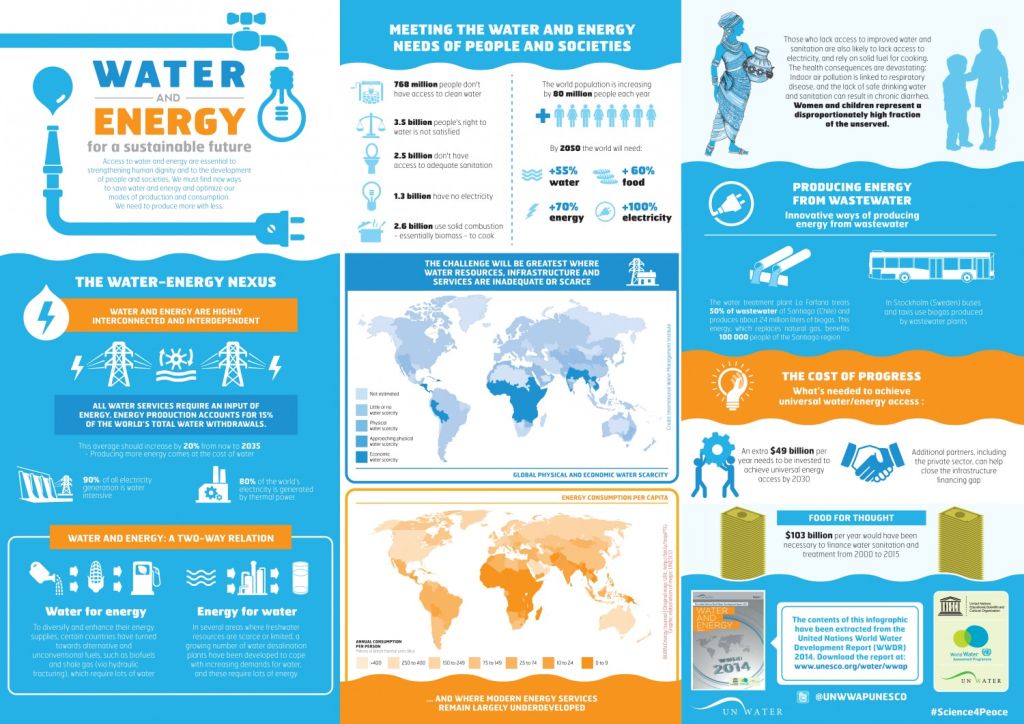
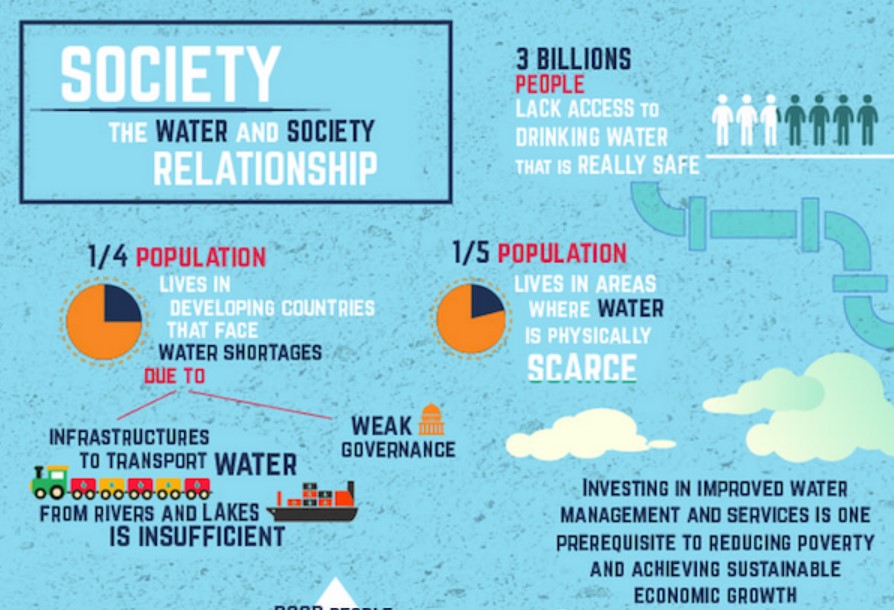
The importance of sustainable water storage to the environment is multifold – it reduces strain on natural water bodies, minimizes pollution by reducing wastewater production, and cultivates resilience against drought conditions. Digging into how we use water at home gives us important information. Households use a lot of the world’s freshwater. This is because of everyday things like flushing toilets, washing clothes, cooking, and taking showers. Managing water storage properly at home can bring immense benefits.
Sustainable Water Storage Techniques
Traditional water storage methods have served humanity for centuries but often lead to excessive consumption and environmental degradation. In contrast, sustainable solutions offer advantages like lower utility bills, self-reliance, and environmental stewardship. However, they may come with higher installation costs and viability limitations based on the climate and region. For example, rainwater harvesting requires consistent rainfall to be effective. To implement sustainable water storage, we need to get ready for transformation. Here are a few sustainable water storage ideas:
#1. The Greywater Reuse System
Greywater reuse systems also offer substantial savings by recycling wastewater from showers or sinks for non-drinking purposes like toilet flushing or irrigation. Residential wastewater treatment and reuse introduce another highly efficient system that permits safe wastewater recycling after comprehensive treatment.
The Greywater reuse system also lessens the burden on sewage systems by redirecting and treating household wastewater. This reduces strain on sewage plants, the overflows risk and conserves energy and resources. It’s a win-win for sustainable water use and infrastructure efficiency.

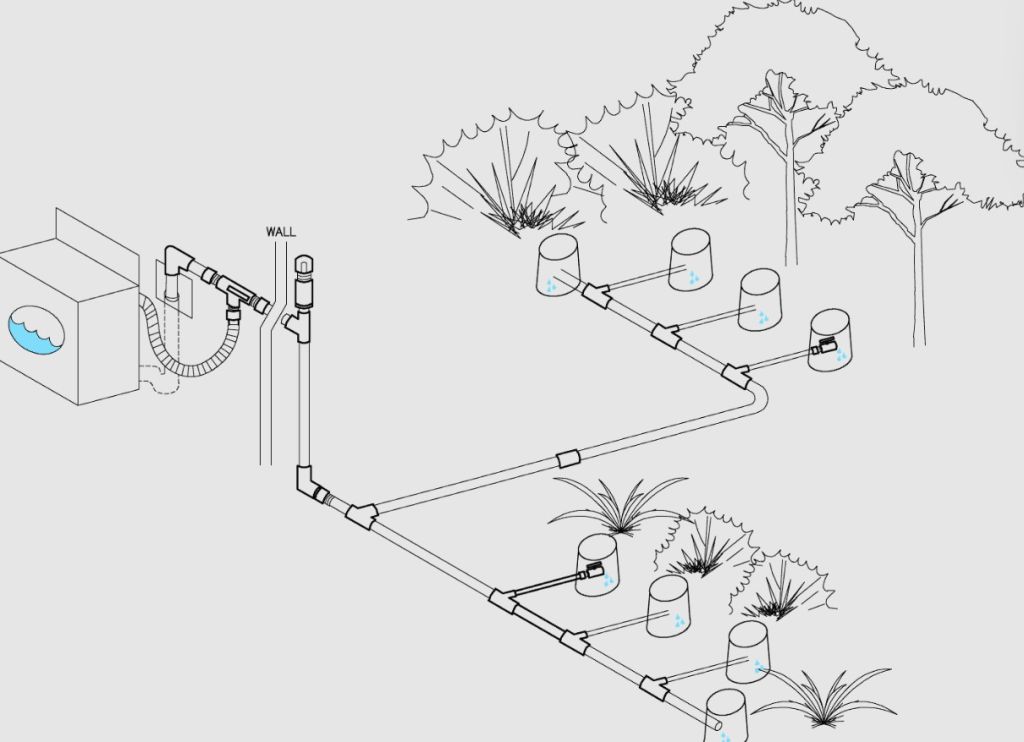
Besides easing sewage systems, the greywater reuse system also indirectly boosts water storage for drinking besides non-drinking purposes. Making the greywater reuse system suitable for drinking requires advanced treatment steps such as microfiltration, reverse osmosis, and disinfection. This complex process removes impurities, pathogens, and contaminants, making drinking water safe. It’s important to note that this adaptation is intricate, expensive, and subject to strict regulatory scrutiny. This supports water availability during shortages and emergencies, showcasing its multifaceted benefits.
#2. The Rainwater Harvesting System
In regions with sufficient rainfall, homeowners can set up rainwater harvesting systems to collect and store rainwater from rooftops and other surfaces. This collected rainwater can then be used for non-potable purposes like watering plants, flushing toilets, or washing vehicles, reducing the dependency on metered water supply.
Read more: Can You Water Plants With Soft Water?
In this example, the homeowner evaluates their situation by considering the average rainfall in their area and the available space for setting up the system. Once they proceed with rainwater harvesting, they may hire professionals to install the necessary components, like gutters, downspouts, and storage tanks. The complexity of the installation can vary based on the system’s size and the property’s specific requirements.
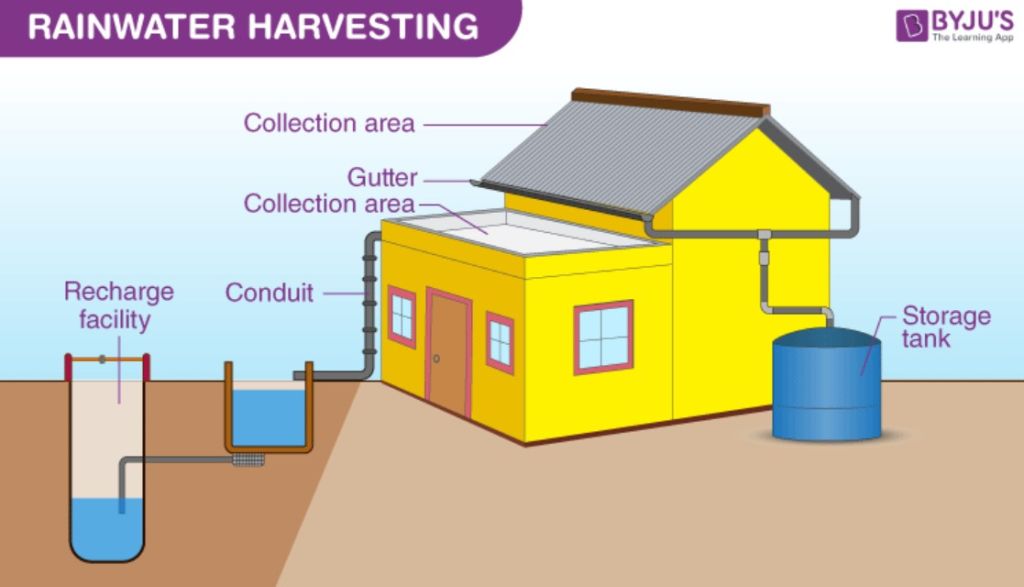

With the rainwater harvesting system in place, the homeowner can enjoy the benefits of reduced water bills and decreased demand on the municipal water supply, contributing to water conservation efforts in their community. This real-life example demonstrates how individuals can play a role in sustainable water management at the household level.
Are you ready to transform your traditional home with this new technique? Check out this complete water tank range for insights into solutions tailored to meet such commitments. Key among these are rainwater harvesting systems equipped with tanks to capture and store rainwater from roof runoff for later use.
#3. A Simple Bucket Water Storage System
Let’s discuss the simple yet effective “one bucket” water storage system. This ingenious method involves utilizing a single bucket to collect and store water, offering an eco-friendly and resource-conscious solution.
The concept is straightforward: instead of letting water go down the drain while you wait for it to reach the desired temperature, you collect it in a bucket. This collected water can be repurposed for various household tasks, such as watering plants, cleaning, or flushing the toilet.
Not only does this system help reduce water wastage, but it also encourages mindfulness about our water usage. It highlights the value of each drop and prompts us to consider how we can make the most of this precious resource.
Implementing the one-bucket water storage system doesn’t require complex installations or significant changes to your daily routine. It’s a small, practical step contributing to a more sustainable and responsible approach to water management. By adopting such innovative yet uncomplicated methods, we can all play a part in conserving water and protecting our environment.
Implementing a Sustainable Water Storage System at Home
To start implementing a sustainable water storage system at home, the first step is to evaluate your situation. Consider factors like the local climate, budget constraints, and other relevant aspects to determine which method will work best for you.
After making a decision, the next step is to install the system. The installation process usually requires professional assistance due to its technical nature and safety requirements, especially when dealing with plumbing works in such installations. However, the system’s complexity can vary. For example, simpler bucket systems may only require basic DIY skills for installation. On the other hand, more advanced greywater systems may need professional installation and ongoing maintenance checks to ensure consistent efficiency.
Read more: Reasons To Encourage You To Visit A Water Park.
Community Discussion Towards Sustainability in Water Storage
Our community can take various actions to promote water storage sustainability. We can start by organizing literacy programs to inform everyone about effective conservation measures they can adopt daily. We can pool our resources to achieve common goals by coming together and working collectively, like setting up communal rainwater harvesting facilities.
We need to be aware of policies’ impact on domestic practices. Some policies support sustainable water storage, while others may hinder progress with strict building codes and regulations. These regulations can be particularly challenging for small-scale household initiatives in suburban and rural areas with limited resources. To overcome these obstacles, we must advocate for more friendly legislation that supports proposals focused on households and their unique needs. We can create a sustainable water future for our community by working together and voicing our concerns.
Some interesting threads the community is discussing on Reddit:
The Future Of Sustainable Water Storage
Looking ahead, there’s potential to use technology to make our current solutions even more effective. One area of focus is overcoming limitations like relying solely on rainfall, which can be a problem in regions with low precipitation.
Advanced technologies like desalination, which turn salty or contaminated water into drinkable water, could bridge the gap between water supply and home demand. This progress would benefit more than individual households and empower entire communities as the water demand grows globally.
With the world’s population increasing and fresh water becoming scarce, water storage and treatment innovations offer hope for a sustainable future. By harnessing technology, we can address water scarcity and ensure a more secure water supply for future generations.
In summary
Using sustainable water storage in our homes is not just an option; it’s essential. This action saves money and helps the environment, contributing to a greener future worldwide. It’s time for everyone to do their part. We can make a real difference in the global water crisis by starting with one household at a time. By managing water usage at home, we become responsible caretakers of this precious resource – water.
















